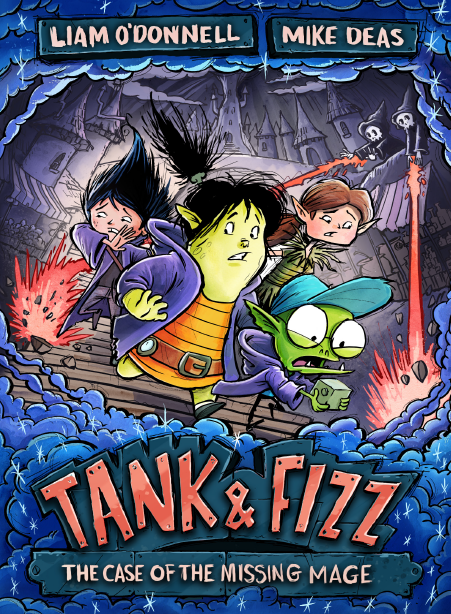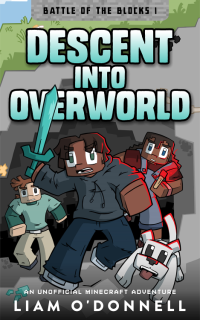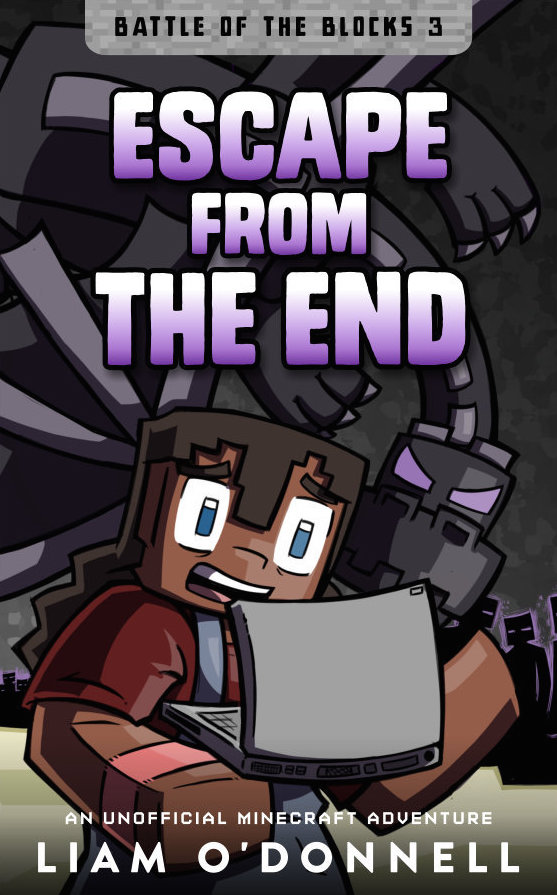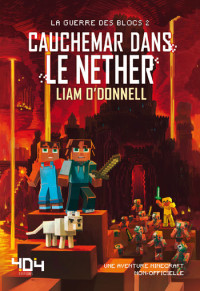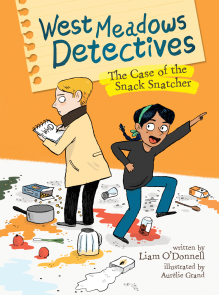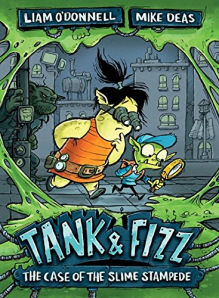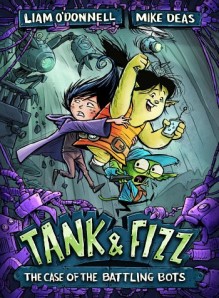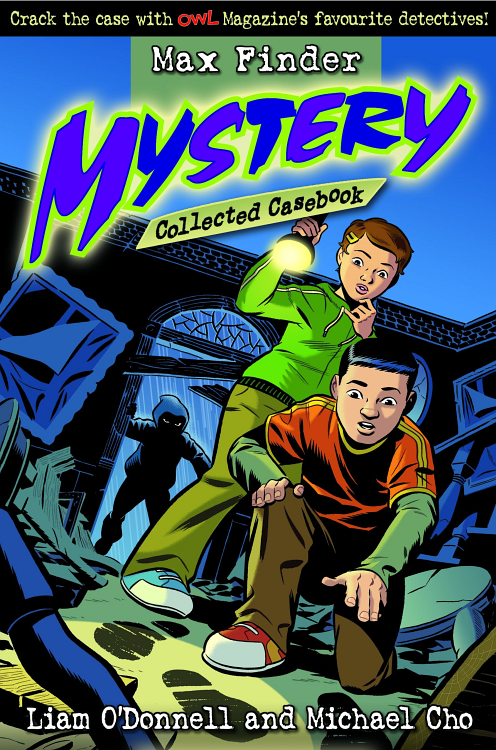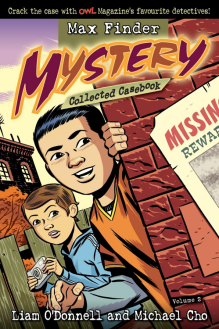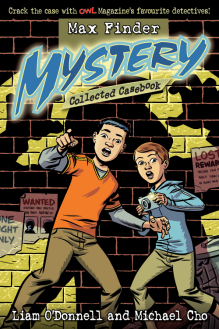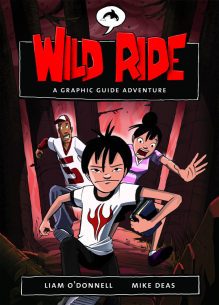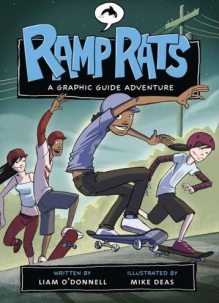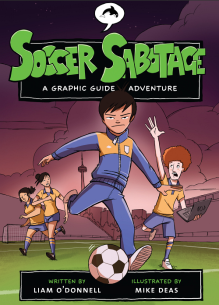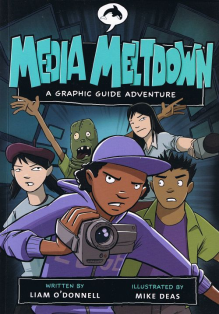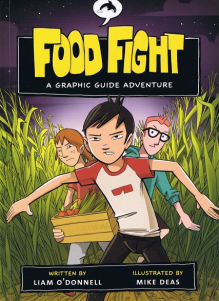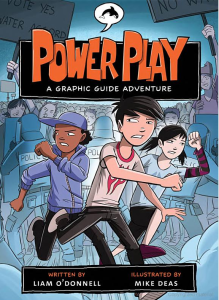I’ve been writing mysteries for nearly a decade now, including well over 40 traditional “whodunits” in my Max Finder Mystery comics, several action-adventure mysteries for my Graphic Guide Adventures series and another whodunit, set in a video game convention, with my upcoming YA mystery novel “Ganked”. I have also taught Writers Workshop classes, focusing on the mystery genre to kids across Canada. Once the basics of the genre are covered, I like to share some of the writing strategies that I’ve stumbled on, gleaned and out-right copied from other mystery writers. I usually start with the four key elements that are essential to every mystery.
But first, the usual caveats: these are just four of many mystery elements. They are four that work for me and the mysteries I’ve written. If you have your own key elements in mystery writing, please share them in the comments. I’d love to hear them.
Also, at least three are inspired (ie taken) from writing guide: The Weekend Novelist Writes a Mystery, by Rober J. Ray and Jack Remeck, which taught me much about writing in general and mysteries in particular.
With that aside, here are four elements every mystery needs:
Sleuth’s Reward
This is the term used by Remeck and Ray and it’s key in answering the questions “why is your detective doing this?” Why is your detective so determined to solve the mystery? Why are they risking their lives or careers chasing suspects, sniffing out clues and all that fun detective stuff. What’s in it for the detective? It could be a simple as money, either as payment or a reward. The reward can also run much deeper, perhaps providing closure for some internal need the character needs. Either way, the Sleuth’s Reward must be included and established early on to create a believable story.
In my graphic novel Food Fight, Devin investigates vandalism to some food crops grown for research because his mom is being blamed for letting the crime happen. Devin’s reward is rescuing something valuable to his mother: her career. Many times, I find myself reading a mystery for kids or adults and the question of motivation never gets a addressed. It’s always just assumed that the character will chase bad people, dodge bullets, and other dangerous acts because, well, it’s a mystery. Right? While it’s tempting to just dive into the action, detectives (and readers) need a reason to dive. Before you start drawing up suspects and red herrings, ask your detective some questions, like “What’s in it for them?”
Conflict with Authority
Every good sleuth operates outside the law and brushes up against it, even detectives in grade school. Authority comes in many forms: teachers, principals, parents, police, bullies and more. Whether the sleuth is an amateur like Max Finder or professional like a cop or PI, they need to have something to push against to be an interesting character. In Ramp Rats, Bounce and his friends came up against corrupt police officers who refused to investigate a series of crimes in their city. By having your detective operate outside the boundaries of traditional investigation, you as a writer are free to be more creative in the ways they investigate the crimes and it provides great tension and high stakes for your detectives.
Ticking Clock
This is something every story needs, not just mysteries. We see the ticking clock all the time in movies: a race to defuse the bomb, discover the antidote, reveal the location of the secret base, etc all before disaster strikes. By imposing a deadline early on in the mystery, it forces your characters to act quickly and decisively. This goes for your villains too. When the culprit is forced to act against a set deadline, they are more likely to make mistakes and provide opportunities for your sleuth to crack the case.
My upcoming book Ganked, is a murder mystery that takes place at a gaming convention. Early on, it’s established that our detective must find the killer before the end of the convention in two days. After this, catching the culprit will be impossible as all the gamers will hop on planes headed for home, scattered around the world. With this deadline in place, the book becomes a race against time, with my detectives growing more desperate as the conventions Closing Ceremonies draw closer.
Walkthrough the Crime
At some point in the mystery, the detective needs to re-enact the crime, leading the reader through the steps leading up to the murder. This is another essential element I got from Remeck and Ray and after I learned about it, I started seeing it in every TV show with even a hint of mystery to it. From CSI shows, which are all about re-enacting the crime, to medical mystery shows that try to trace the source of a illness, detectives walk through the events of the crime blow-by-blow, to make the story engaging and ensure the reader/viewer is keeping with the suspects and motives.
As I said, these are just four of many key elements to writing a mystery. There are many more, but I find if I start off with these four in place, the process of writing the rest of the mystery falls into place (or gets shoved into place and actually stays there.)
What do you think? What elements would you swap out? What’s your essential elements to a good mystery? Leave me a comment below and let me know!


